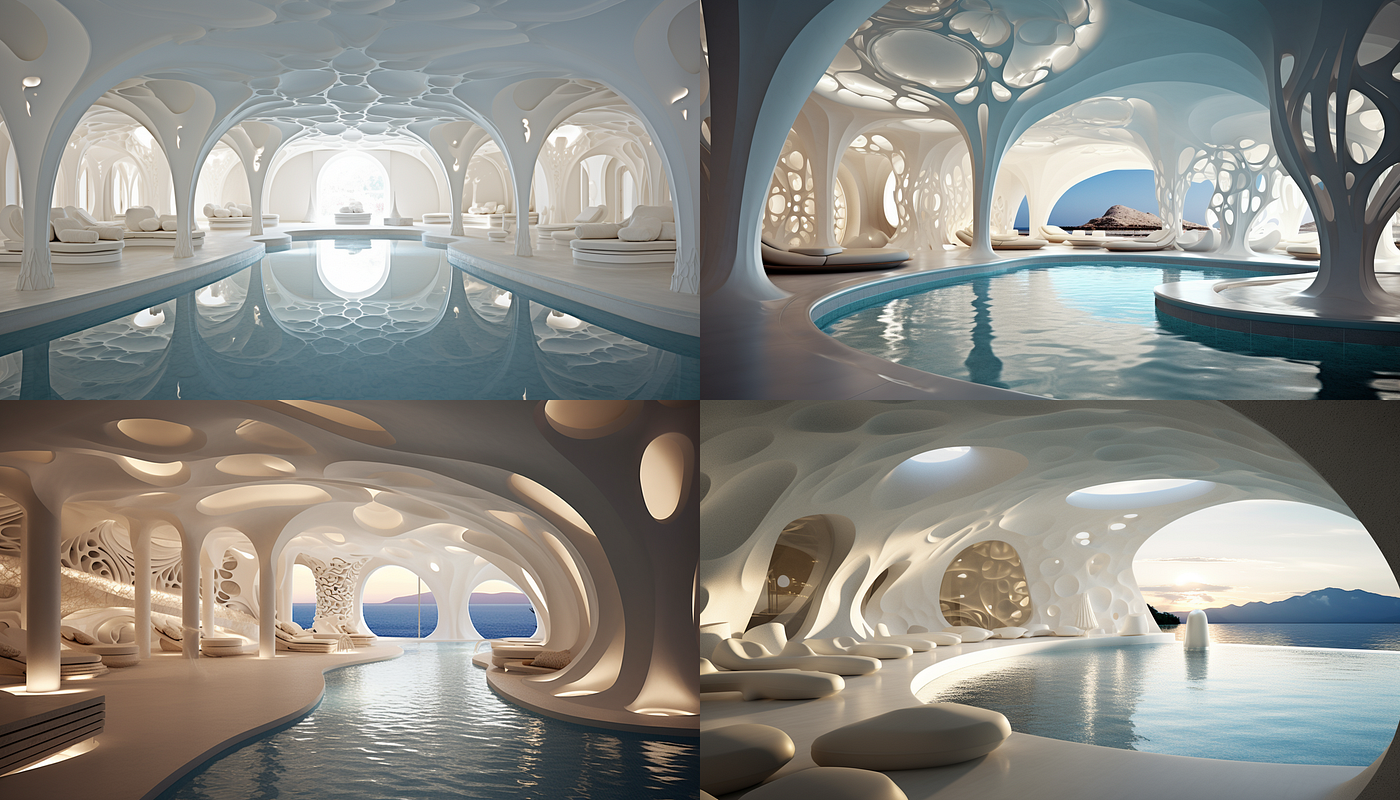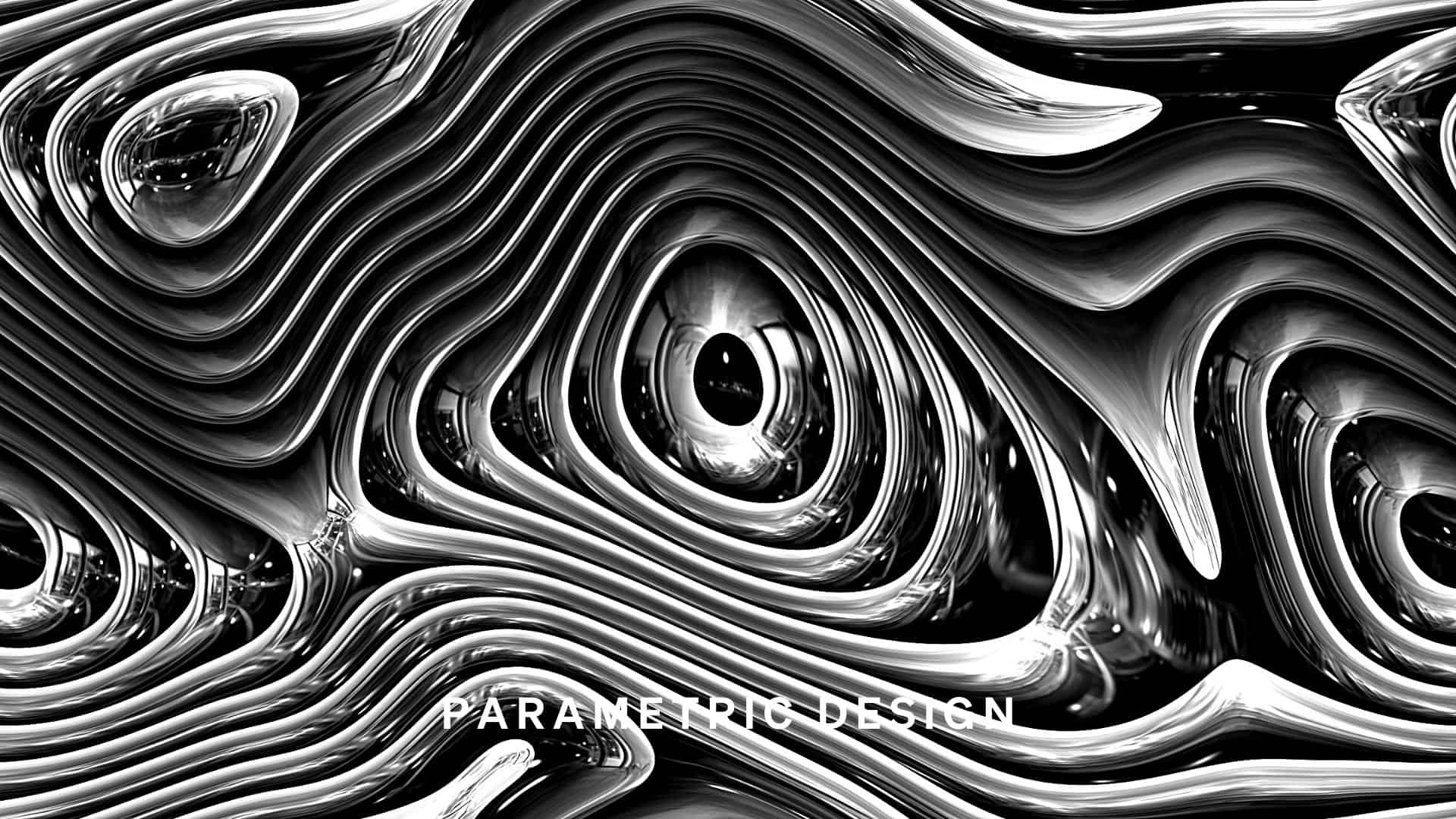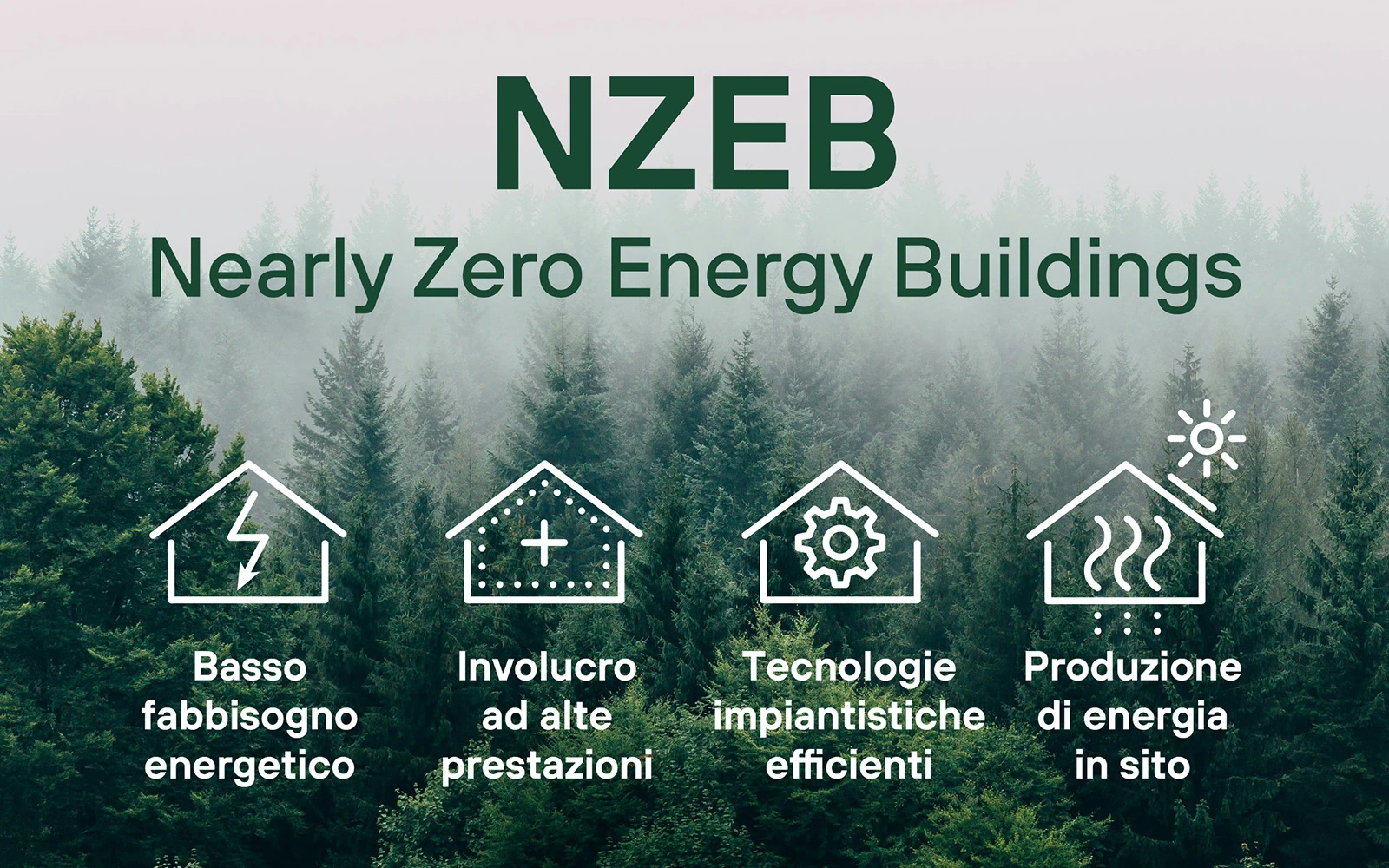10 new and emerging technologies in Architecture (2024–2025)
Here are 10 new and emerging technologies in Architecture (2024–2025) that are revolutionizing design, construction, and sustainability in the built environment:
🧠 1. Generative Design & AI-Powered Architecture
- What it is: AI algorithms generate multiple design options based on constraints like space, budget, sunlight, and airflow.
- Software: Autodesk Generative Design, Spacemaker AI (Autodesk).
- Benefit: Optimized building forms and layouts for energy, cost, and space efficiency.

🏗️ 2. Parametric Design
- Tools: Grasshopper for Rhino, Revit Dynamo.
- Use: Complex geometries and responsive design that adapt to environmental inputs (sunlight, wind).
- Example: Curved facades that adjust with sun exposure to reduce heat.

🏛️ 3. 3D Printing for Building Components
- Application: Printing full-scale walls, facades, interior features.
- Advantage: Customization, speed, and reduced material waste.
🌍 4. Net-Zero Energy Buildings (NZEB)
- Technology Integration:
- Solar panels and wind micro-turbines.
- Smart HVAC systems.
- Passive design strategies.
- Goal: Buildings that produce as much energy as they consume annually.

🌡️ 5. Smart Glass & Dynamic Facades
- What it is: Glass that changes transparency based on sunlight or temperature.
- Example: Electrochromic or thermochromic windows.
- Impact: Reduces heat gain, enhances comfort and energy efficiency.
🧱 6. Sustainable & Bio-Based Materials
- Examples:
- Mycelium (mushroom-based material)
- Hempcrete
- Recycled timber and plastic composites
- Trend: Low-carbon, biodegradable, or carbon-sequestering materials.
📡 7. Augmented Reality (AR) & Virtual Reality (VR)
- Use Cases:
- Virtual walkthroughs for clients.
- AR overlays on-site for contractors.
- Real-time design collaboration.
- Tools: Enscape, Twinmotion, Unity, Unreal Engine.
🏙️ 8. Digital Twins in Architecture
- Purpose: Real-time digital model of a building used for:
- Performance monitoring
- Facility management
- User behavior analysis
📱 9. Smart Building Systems
- Integration:
- IoT sensors (temperature, occupancy, lighting)
- Automated building management systems (BMS)
- Result: Real-time control and energy savings.
🏠 10. Modular and Prefabricated Architecture
- What it is: Buildings constructed in factory-controlled environments, then assembled on-site.
- Benefits: Reduced construction time, better quality control, minimal disruption.
Tin khác:
- [THÔNG BÁO] – Lịch bảo vệ Capstone 1&2 (chỉnh thức) và Một số lưu ý quan trọng
- Giới thiệu khoá học IPv6 Address Planning Course (APNIC Academy)
- NHỮNG KĨ NĂNG CẦN THIẾT CỦA SINH VIÊN NĂM NHẤT TRONG THỜI ĐẠI CÔNG NGHỆ SỐ
- Hướng dẫn cài đặt Flask cho ứng dụng Python trên aaPanel
- CẢNG BIỂN VÀ CÁCH VẬN HÀNH CẢNG BIỂN
